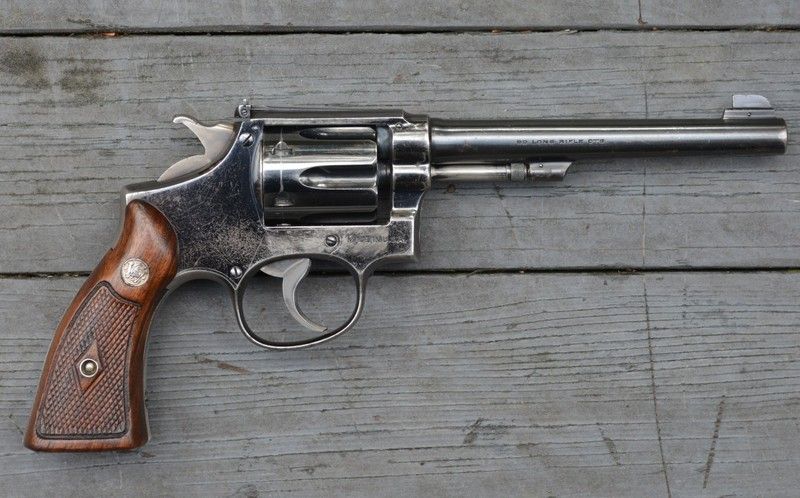The second time was after Colt had installed new CNC machines. Frames and slides are now made using automated, CNC machines. They are more precise and more repeatable than humans ever could be, and they don't require paying a highly-skilled (or not!) machinist to stand there and turn handles and take measurements while he whacks away at a chunk of steel. So the labor cost is less of a factor now than it was just 20 or so years ago.
As a former CNC programmer and machinist, that is only part of the story.
First off, those old guys you are denigrating were far more skilled than you imply. Secondly, most of them were using fixtures which took a lot of the guess work out. No stopping to take measurements and 'whacking away' at a chunk of steel. The part was placed in a fixture, and the precise amount to be removed was dialed in, then removed. In those days specific machines were set up to do one operation at a time. So bins of parts moved from one machine to the next for each operation.
The advantages of CNC are that the cost of labor is lower because one operator can monitor several machines at a time. And the operator does not have to be as highly skilled as an old time machinist, so he does not get paid as much. The other factor is called repeatability. Meaning that if everything is set up correctly, one part will be almost the same as the next. No, they will not be identical, that is impossible. But they will be very close. +/-.0002 is often quoted as the tolerance achievable with CNC equipment. But that is highly subjective, depending on several factors.
Anyway, yes, double action revolvers are traditionally more complex to make than semi-autos, and some of that is do to the complexity of the parts. And that does not change whether it is a centerfire revolver or a rimfire revolver.
Anyway, I am always on the lookout for quality used revolvers.
The best deal I have gotten is this S&W K-22 Outdoorsman that rolled off the assembly line in 1932, made by those old hacks the old fashioned way.
Don't let the worn finish fool you, that is why I only paid $500 for it. I have a whole bunch of 22 revolvers, but this old girl is the most accurate of the bunch.

